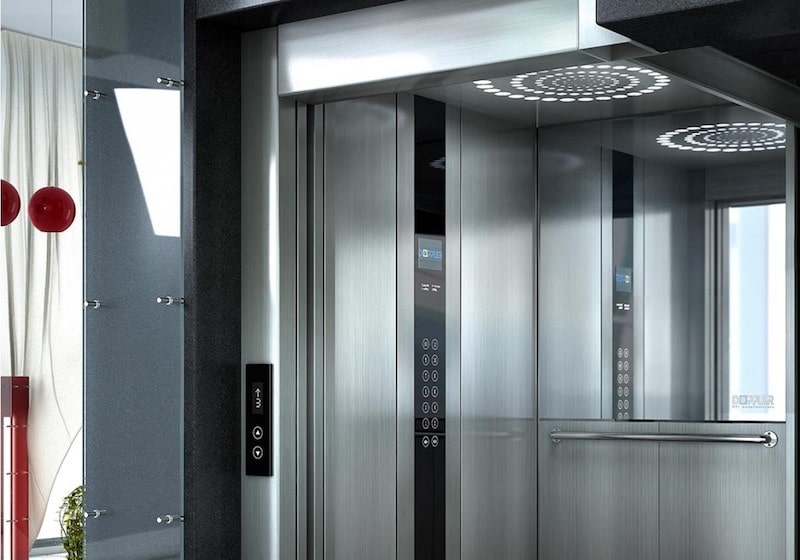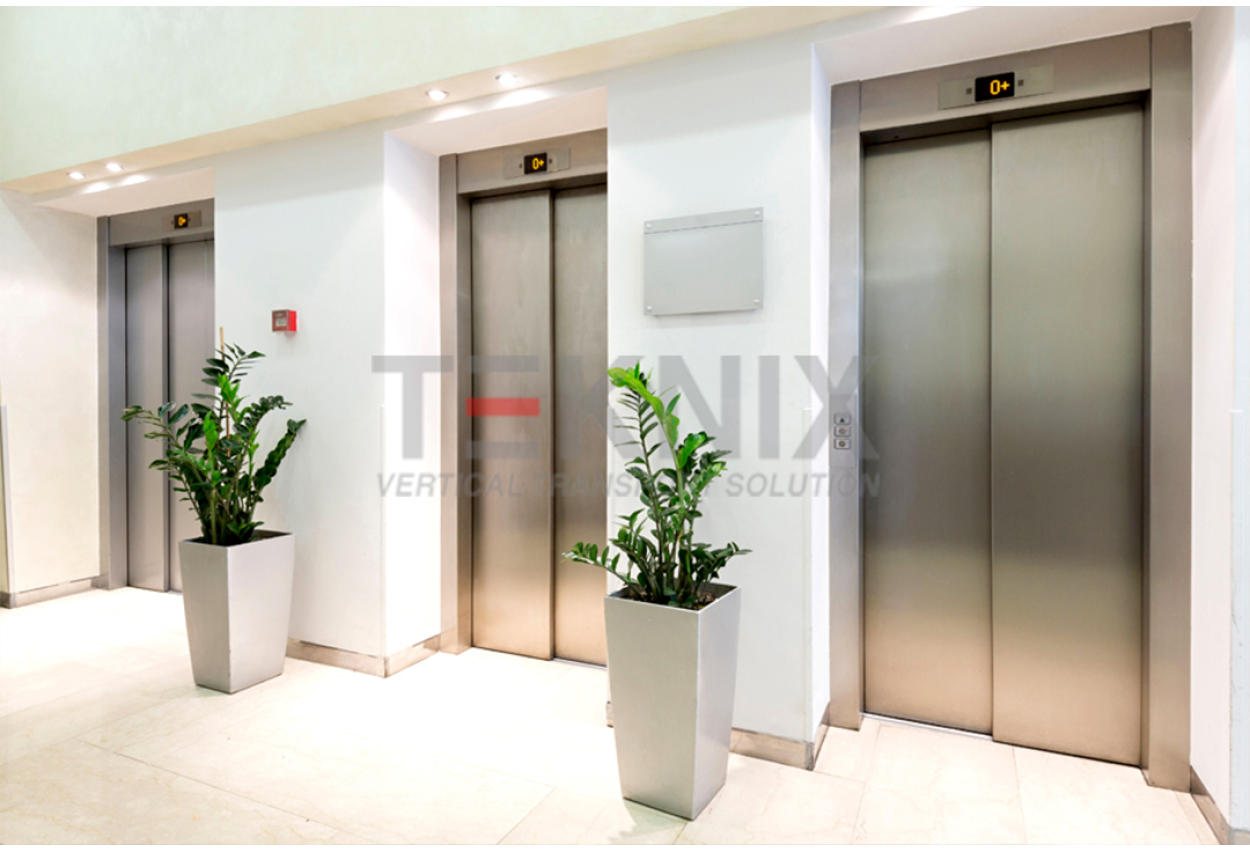Find Reputable Lift Repair Near Me for Quick and Affordable Solution
Find Reputable Lift Repair Near Me for Quick and Affordable Solution
Blog Article
Untangling the Complexities of Lift Modern Technology: Troubleshooting Common Problems Across Lift Designs
In the world of lift modern technology, a myriad of intricacies typically exist under the surface of what seems a simple device. From slow operation problems to peculiar sounds emanating from the equipment, troubleshooting typical problems across different lift designs requires a keen eye for detail and a methodical technique - repair and maintenance services. As we start this trip to untangle the intricacies that can torment these important devices, a deeper understanding of the inner operations and possible challenges of lift modern technology is crucial. Keep tuned as we browse via the maze of lift malfunctions, seeking solutions to the enigmatic problems that can interfere with the smooth performance of these indispensable apparatuses.
Recognizing Slow Procedure Issues

Following, examine the electric links to make sure that all elements are appropriately attached and operating. Damaged circuitry or loosened links can result in slow down procedure or full breakdown of the lift system. In addition, it is necessary to check the control system to establish if the issue exists in the programs or sensors.
If the aesthetic evaluation and electrical checks do not disclose the origin of the slow-moving operation, additional diagnostic tests may be needed. These might include pressure examinations for hydraulic systems, voltage tests for electric components, or running diagnostic software for the control system. repair and maintenance services. By complying with a systematic method to troubleshooting sluggish procedure concerns, you can efficiently identify and deal with the trouble, guaranteeing the lift runs safely and properly
Attending To Strange Sounds
To effectively repair lift technology for odd noises, a detailed examination of the lift elements following the identification of slow-moving operation concerns is imperative. Odd sounds in lifts can be indicative of underlying troubles that call for prompt interest to ensure the security and integrity of the system. Common sources of odd sounds in lifts include worn-out or misaligned sheaves, harmed electric motor bearings, loose or damaged suspension ropes, and malfunctioning control systems. When dealing with odd sounds, it is important to carry out an organized inspection of these components to identify the specific source of the noise accurately. This may include looking for any kind of visible signs of deterioration, checking the capability of electric motor bearings, tightening loose connections, and oiling relocating components as required.
Furthermore, it is essential to refer to the lift manufacturer's upkeep standards and look for help from certified professionals when managing intricate lift elements or unknown troubleshooting procedures. By quickly attending to unusual noises and resolving underlying issues, lift drivers can make sure the optimal performance and security of the lift system for drivers and passengers.
Resolving Faulty Control Troubles
An efficient strategy for resolving defective control troubles in lift innovation involves performing an extensive analysis of the control system's elements and capability. When experiencing issues with lift controls, it is critical to initial check for any type of loosened links, harmed wiring, or malfunctioning sensors. Confirming that all control keypads, buttons, and display screens are functioning properly is additionally essential in diagnosing the problem precisely.
If no visible concerns appear, specialists must continue to inspect the control panel for any indications of water damages, overheating, or corrosion, as these can often result in regulate look at here breakdowns. Additionally, resetting the control system or upgrading the software may help deal with specific glitches or bugs causing the problem.

Taking On Hydraulic System Malfunctions
The effectiveness of hydraulic systems in lifts depends greatly on the proper performance of various elements within the system. When hydraulic systems breakdown in lifts, it can lead to operational disturbances and safety worries. One common issue is hydraulic fluid leakage, which can occur as a result of worn-out seals, loosened links, or damaged cylinders. To tackle this trouble, technicians ought to conduct a detailed inspection to determine the source of the leakage and change any kind of faulty elements immediately.
Another frequent hydraulic system malfunction is a loss check that of pressure, which can result from air entering the system, fluid contamination, or pump inefficiencies. Specialists can address this by bleeding the system to eliminate air, replacing contaminated fluid, or servicing the pump as needed. Additionally, irregularities in hydraulic fluid levels or uncommon sounds throughout lift procedure might show underlying system breakdowns that call for immediate attention to prevent further damage. Regular maintenance and timely troubleshooting of hydraulic system concerns are essential to making sure the effective and risk-free operation of lift innovation.
Dealing With Electric Element Failures
Dealing with electric part failures in lift innovation necessitates an organized technique to identifying and solving concerns to preserve functional capability and safety standards. When coming across electrical troubles in lift systems, it is critical to very first conduct an extensive evaluation of the electrical components, including control board, electrical wiring, sensing units, and motherboard. Any indicators of damages, rust, loose links, or scorched components ought to be meticulously noted and addressed quickly to avoid further complications.
When it comes to electric component failings, it is important to follow producer guidelines for troubleshooting and repair work procedures. This might involve examining the this article parts making use of multimeters, oscilloscopes, or various other analysis devices to determine the specific resource of the breakdown. Additionally, having a thorough understanding of the lift's electrical schematics and circuitry diagrams can assist in recognizing and rectifying problems successfully.
Routine upkeep and assessment schedules can help prevent electrical failings by spotting possible concerns early on. Appropriate training for lift technicians on electrical systems and elements is also essential to guarantee precise medical diagnosis and reliable resolution of electric issues, eventually adding to the general security and reliability of lift procedures.
Final Thought
Finally, troubleshooting lift technology requires an organized strategy to determine and attend to common issues such as sluggish operation, weird sounds, defective controls, hydraulic system breakdowns, and electrical component failings. By understanding the complexities of lift technology and complying with proper troubleshooting actions, specialists can efficiently deal with concerns and make sure the efficient and secure procedure of lifts across different designs.
To effectively fix lift innovation for odd noises, a detailed evaluation of the lift elements adhering to the recognition of slow operation issues is necessary. Unusual noises in lifts can be indicative of underlying issues that need timely interest to guarantee the security and dependability of the system.An efficient technique for attending to defective control troubles in lift technology includes performing a comprehensive evaluation of the control system's parts and performance.The effectiveness of hydraulic systems in lifts relies greatly on the correct performance of various parts within the system. repair and maintenance services. When coming across electrical problems in lift systems, it is essential to first perform a comprehensive evaluation of the electric components, consisting of control panels, electrical wiring, sensors, and circuit boards
Report this page